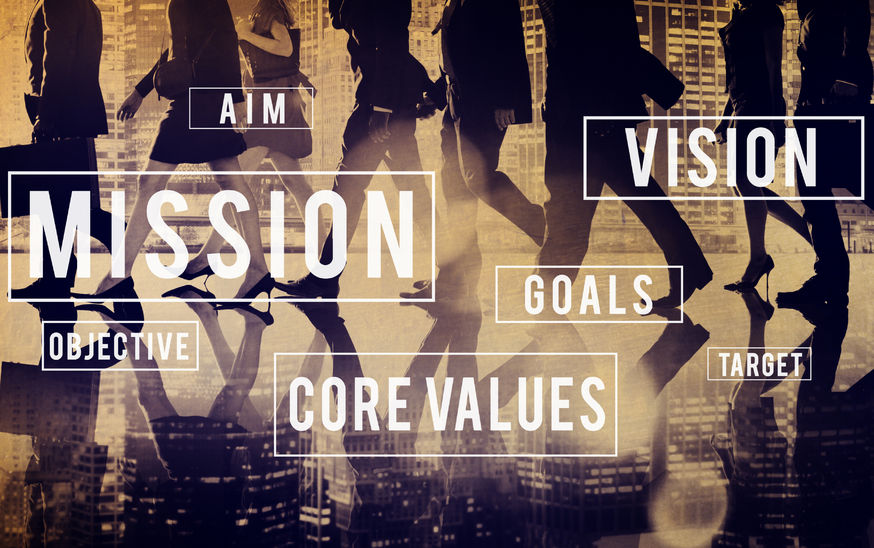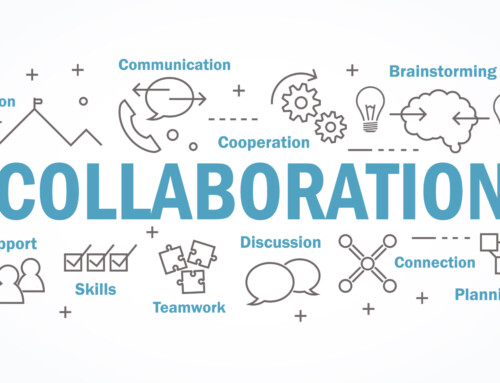Part 1 of this series focused on why change visioning should be non-negotiable for those aspiring to lead successful change and on principles that should inform conceptualisation of the visioning canvas. Part 2 suggests stages involved in change visioning and the decisions that need to be taken to plan for and execute the process.
- PLAN THE VISIONING SESSION/S
Having established the rationale for engaging in visioning, robust planning is needed prior to conducting the session/s. Several interdependent decisions need to be taken carefully during this stage, given their implications for the nature and quality of the process.
Who should be involved in change visioning?
The visioning outcome should speak to all parts of the workplace ecosystem – individual, group and organisation – so ideally the process includes influencers from these levels. Organisational network, stakeholder and change impact analyses are useful sources to determine representation. Attendance and involvement of the change sponsor is mandatory. Consider vertical slice involvement, reflecting diverse workforces and functions and staff union delegates. Where possible, avoid top down visioning sessions, comprised of only corporate middle managers or executives, as these audiences are often already bought into the change and the risk of developing an unrepresentative change vision increases. Group size is another consideration, with more than twenty participants increasing the need for structure and potentially diffusing focus.
What will be the scope of the visioning process?
This depends on factors including sponsorship buy-in, project time frame, participant availability and the purpose and perceived value of the process by key stakeholders. If the visioning process is intended to be cumulative, several sessions may work best to gather different narrative inputs which then need to be coalesced. If a single session is to be conducted, the participants and the method should be directed at achieving a final outcome, which may only require validation or confirmation.
Why is the visioning process important?
Ensure that the importance of visioning and the objectives of the session are communicated to and understood by participants and key stakeholders in advance of the session. This is important to help maximize the value of their participation.
How will the session be structured and conducted?
When planning the session structure, reflect on Ryan and Deci’s (2000) self-determination theory of motivation which suggests that contexts that support autonomy, competence and relatedness are likely to engender commitment, effort and high-quality performance. Taking account of the principles of visioning in Part 1, consider how the session/s can foster support approach motivation. This will enable participants to anticipate a session where they can exercise self-direction, be provided with opportunities for new experience and development and where they can positively engage with colleagues in a trusting and constructive environment.
- CONDUCT THE VISIONING SESSION/S
Positioning and Introduction
This is a critical part of the visioning process. Having communicated the purpose and objectives of the session in advance, open with the value proposition, the ‘what’s in it for me?’ for the participants. This should be meaningful and affirming, opportunity-oriented rather than problem-focused. The context of why the change is occurring (including why no change is not an option) and the who, what, how and when of the change should be made explicit. Be clear about the role of the people in the room; expectations of their contribution both during the session and beyond and any role boundaries. In order to quickly establish a conducive environment, introduce the three components of Dutton’s (2003) high quality connections (HQC): vitality, mutuality and positive regard. Conduct a couple of speed HQC activities to foster positive emotions and relationships between what is likely to be a cross-section of participants. Establish mutually agreed upon ground rules, including Judith E. Glaser’s trust principles.
Structured Visioning Process
It is not our intention to prescribe the method you use for developing your vision. Rather, a range of viable options are suggested for you to reflect on for suitability and for fit with your own toolkit and organisational context.
The overarching focus is on envisioning the Best Possible Future, from a stance of having arrived and the change having been successful. One decision to be made here is whether to start by instigating individual inputs prior to involving the whole group in the process. This decision will be influenced by participant diversity and the likelihood of achieving authentic input if the setting starts and ends with the whole group. Use of a visioning script that requires participants to imagine themselves in that future and record aspects of that future, prior to identifying key elements, is one way to proceed. In this case, individual inputs are gathered prior to being worked with at group level. Another option is to use the world café method to generate layers of input that can progressively contribute to a whole narrative. Affinity grouping of common inputs or contributions can help to collate varied inputs into a distilled whole. A decision to be made about the process at this stage is what form the visioning story will be drafted in, be it verbal, video, audio recorded, written, drawn or dramatized.
For many groups who undertake a structured visioning process, there is no final output at the end of a single session. Sometimes there will be a subsequent refinement or crafting session or iterative consultation on a draft vision that has been developed by a smaller group, based on the visioning inputs. Regardless of your process, ensure that the participants in the development session are clear about where the visioning is going from here and what their contribution is.
Once the inputs have been gathered and initial visioning completed, consider investing time in the identification of optimal ways to convey the change narrative to the organisation, using multi-channel communications.
Reflection
Given the intensity of visioning development, it is important to allow in-session time for reflection and processing of what has occurred. Ensure that participants have time to document and feed back their reflections on what they observed and learnt during the process, what worked well or could be improved and how they feel about their participation. The latter point will help you understand how the process has provided them with opportunities for autonomy, competence and relatedness.
- FINALIZE THE VISION
After inputs for the change visioning have been gathered and been finessed into a final product, the change communications strategy must ensure that it is effectively communicated. Ideally you should measure comprehension of the vision, through feedback mechanisms or change readiness analyses. Finally, although the vision has been developed through a negotiated and collaborative process, it is a living artifact. No vision should be so set in stone that it cannot flex with changing conditions and be modified in accordance with substantial impacts on the internal or external organisational environment, such as a major political, ownership or funding changes.
References
Dutton, J. E. (2003). Energize Your Workplace: How to Create and Sustain High-Quality Connections at Work. San Francisco, CA: Jossey-Bass.
Dutton, J. E. & Worline, M. (2018). Putting High Quality Connections into Practice. Positive Links Speaker Series.
Glaser, J. E. (2014). Conversational Intelligence: How Great Leaders Build Trust and Get Extraordinary Results. New York, NY: Bibliomotion, Inc.
Ryan, R. M. & Deci, E. D. (2000). Self-determination theory and the facilitation of intrinsic motivation, social development, and well-being. American Psychologist, 55(1), 68-78. doi: 10.1037110003-066X.55.1.68

Julie Weste is a dynamic change leader who has facilitated individual and organisational transitions for over twenty five years. She is distinguished by her flair and character strengths of bravery, creativity and zest as she supports meaningful and memorable new beginnings in diverse workscapes. Having already attained significant change credentials, Julie is currently evolving her change practice through her studies in Applied Positive Psychology.

Brian Gorman is Managing Editor of Change Management Review and a transformation coach. His decades-long career has been dedicated to the practice and study of change management and the psychology of people going through change. Brian has recently contributed a chapter, “The Hero and the Sherpa” to the online publication of The Handbook of Personal and Organizational Transformation.




